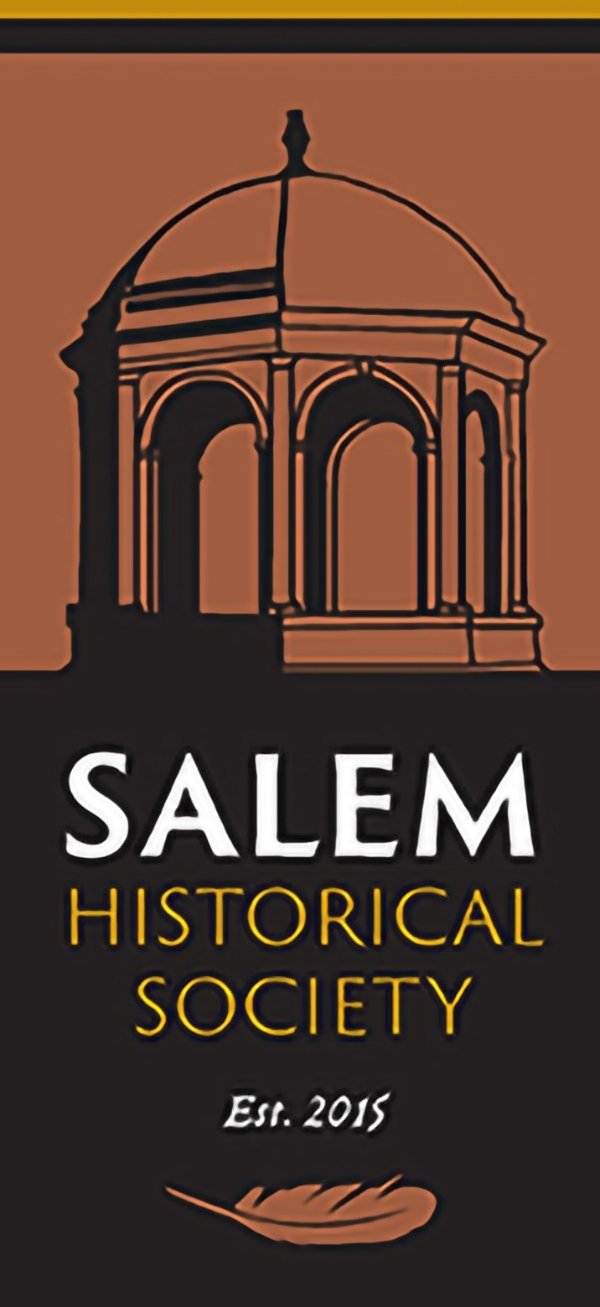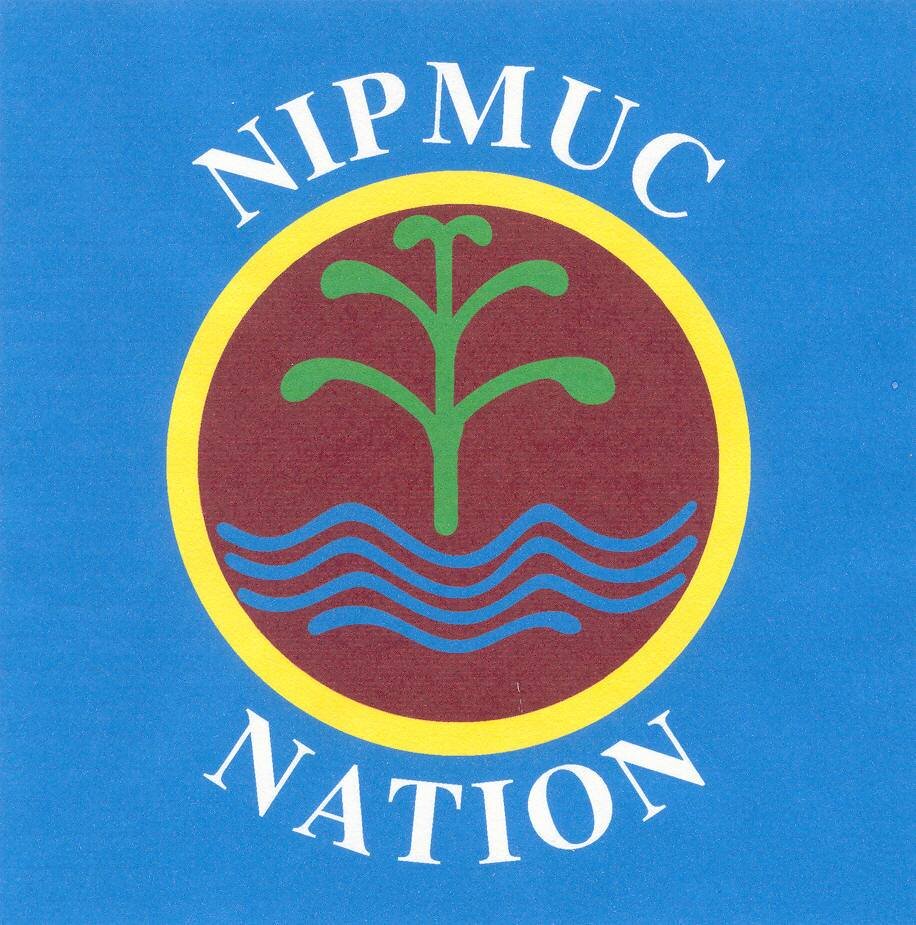MASSACHUSETTS INDIGENOUS COMMUNITY
NAUMKEAG RESOURCES
Before the arrival of the Europeans, what we now call Salem, was home to the Naumkeag band of the Massachusett/Pawtucket Tribes. For centuries this community moved through and lived upon this land. They followed the seasons, hunted, fished, raised families, grieved for their dead, nourished their living, shared the stories of their ancestors and considered themselves the caretakers of this place. Though most accounts will describe the Naumkeag as having died out in the aftermath of the King Philips War of 1675, there is documentation that the Naumkeag were placed in the Praying Indian Village of Natick. Their descendants are represented by the Massachusett Tribe, which still exists today.
MASSACHUSETT INDIGENOUS COMMUNITY RESOURCES
Massachusett Tribe
The Massachusett tribe are the descendants of the original people that the English Invaders first encountered in what is now the Commonwealth of Massachusetts. In a time before now, before the arrival European Traders or the English Settlers to the coasts of Massachusetts, The Confederation of Indigenous Massachusett lived and thrived in what is now called the Commonwealth of Massachusetts. For years beyond counting, Indigenous Massachusett Villages spanned from Salem to Plymouth along the coast, and inland as far west as Worcester.
Massachusetts Center For Native American Awareness (MCNAA)
The Massachusetts Center for Native American Awareness (MCNAA), was founded in 1989 by Burne Stanley-Peters and her late husband John Slow Turtle Peters. At the time, Slow Turtle was the Executive Director of the Massachusetts Commission on Indian Affairs (a state agency) and they saw many of the needs of Native American communities and families in the Commonwealth going unmet. Additionally, they found there was a lack of knowledge and understanding about Native American issues and concerns among the general public that needed to be addressed.
INSTITUTE FOR NEW ENGLAND NATIVE AMERICAN STUDIES
The Institute for New England Native American Studies (INENAS) was established at the University of Massachusetts Boston in June 2009. Our mission is to develop collaborative relationships, projects, and programs between Native American tribes of the New England region and all of the UMass campuses so that the tribes may participate in and benefit from university research, innovation, scholarship, and education.
THE NORTH AMERICAN INDIAN CENTER OF BOSTON, INC.
NAICOB was originally established in 1969 as the Boston Indian Council when it served as the hub of social and civil rights activities for the American Indian community in Boston. The center was later organized as the North American Indian Center of Boston, a non-profit organization, in 1991. Since then, the center has provided cultural, social, educational, and professional related services to the New England Native American* community for 50 years. As the oldest urban Indian center in Massachusetts, our mission is to empower the Native American community with the goal of improving the quality of life of Indigenous peoples.
United Nations Declaration on the Rights of Indigenous Peoples
The United Nations Declaration on the Rights of Indigenous Peoples (UNDRIP) was adopted by the General Assembly on Thursday, 13 September 2007. It establishes a universal framework of minimum standards for the survival, dignity and well-being of the indigenous peoples of the world and it elaborates on existing human rights standards and fundamental freedoms as they apply to the specific situation of indigenous peoples.
THE INSTITUTE FOR AMERICAN INDIAN STUDIES MUSEUM & RESEARCH CENTER
Located in Washington, Connecticut, the Institute for American Indian Studies (IAIS)—formerly the American Indian Archaeological Institute (AIAI)—was incorporated in 1975 as an outgrowth of local efforts to recover New England's then-largely-unknown indigenous history.
MASSACHUSETT INDIGENOUS TRIBES
THE NIPMUC NATION
The official site of the Tribal Government and Citizens of Nipmuc Nation.
With nearly 600 members, we can continue to be one of New England's most historic and largest native communities. The Hassanamisco Reservation in Grafton Massachusetts is our ancestral home and we are a "state-acknowledged" tribe.
THE COWASUCK BAND OF THE PENNACOOK - ABENAKI PEOPLE
The greater Abenaki Nation includes all indigenous or aboriginal Aln8bak, Abenaki, and Pennacook Bands and groups that lived and continue to live in N’dakinna since the time of creation.
MASHPEE WAMPANOAG TRIBE
The Mashpee Wampanoag Tribe, also known as the People of the First Light, has inhabited present day Massachusetts and Eastern Rhode Island for more than 12,000 years. After an arduous process lasting more than three decades, the Mashpee Wampanoag were re-acknowledged as a federally recognized tribe in 2007. In 2015, the federal government declared 150 acres of land in Mashpee and 170 acres of land in Taunton as the Tribe’s initial reservation, on which the Tribe can exercise its full tribal sovereignty rights. The Mashpee tribe currently has approximately 2,600 enrolled citizens.
DOCUMENTARIES:
WE STILL LIVE HERE (Âs Nutayuneân):
https://www.makepeaceproductions.com/wampfilm.html
This film tells a remarkable story of cultural revival by the Wampanoag of Southeastern Massachusetts. Their ancestors ensured the survival of the Pilgrims in New England, and lived to regret it. Now they are saying loud and clear in their Native tongue, Âs Nutayuneân—
We Still Live Here.
TRIBAL JUSTICE:
https://www.makepeaceproductions.com/tribaljustice/
Two Native American judges reach back to traditional concepts of justice in order to reduce incarceration rates, foster greater safety for their communities, and create a more positive future for their youth. By addressing the root causes of crime, they are providing models of restorative justice that are working. Mainstream courts across the country are taking notice.
DAWNLAND:
https://www.pbs.org/independentlens/films/dawnland/
The untold story of Native American Child Removal.
SEVENTEENTH CENTURY ACCOUNTS OF THE INDIGENOUS POPULATION:
Mamusse Wunneetupanatamwe Up-Biblum God (Bible in the Massachusett Language)
ELIOT, JOHN, 1663
Brief Narrative of the Progress of the Gospel amongst the Indians in New England, 1670
GOOKIN, DANIEL
New England’s Prospect, 1629
WOODS, WILLIAM
Journal of John Winthrop, 1630-1649
WINTHROP, JOHN
A Description of New England, or, The Observations and Discoveries of John Smith
Mourt’s RelationOr Journal of the Plantation at Plymouth
WINSLOW, EDWARD
A Key Into the Language of America
WILLIAMS, ROGER, 1643
BOOKS and PUBLISHED WORKS:
Eliot’s Mission to the Indians Before King Philip’s War
Cogley, Richard W. (Michigan: Univ. of Michigan, 1999)
Indians of the Nipmuck Country in Southern New England 1630-1750: An Historical Geography
Connole, Dennis A. (North Carolina: McFarland & Co., 2001)
The History of King Philip’s War 1862 (includes accounts from Increase and Cotton Mather)
Drake, Samuel (Boston: private publisher, 1862)
John Eliot and the Indians 1652-1657: Being Letters Addressed to Rev. Jonathan Hanmer of Barnstaple, England
Eames, Wilburforce, Ed. (New York: 1915)
The Name of War: King Philip’s War and the Origins of American Identity
Lepore, Jill (.New York: Knopf, 1998)
Salem: Place Myth and Memory
Dane Morrison, Schultz, Nancy Lusignan, Editors (Boston: Northeastern University Press, 2004)
The History of Salem Massachusetts, Volume I
Perley, Sidney (Salem Witch Trials Documentary Archive and Transcription Project)
The Pennacook Lands and Relations: An Ethnography in The New Hampshire Archaeologist 33/34
Stewart-Smith, David (1994)
Native Americans of New England
Strobel, Christoph (Santa Barbara, CA 2020)
ADDITIONAL RESOURCES:
The “Indianized” Landscape of Massachusetts
Jarzombek, Mark, Professor of History and Theory of Architecture at MIT
This article was first published in February 2021 on the online journal Places Journal
Mary Ellen Lepionka-Native Americans of Cape Ann
Native Americans of Cape Ann: Chapter 7. How Did the Pawtucket Make Sense of Their World?, 2018
Mashpee Nine: A Story of Cultural Justice
Peters, Paula, 2016
Unraveling the Spreading Cloth of Time: Indigenous Thoughts
Moore, Mari Jo, 2013
Early Native Literacies in New England: A Documentary
Bross, Kristina, 2008
Firsting and Lasting: Writing Indians out of Existence in New England
O’Brien, Jean M., 2010
The Common Pot: A Recovery of Native Space in the Northeast
Brooks, Lisa, 2008
Mother/Land
Sageau , Cheryl, 2006
Restitution, The Land Claims Of The Mashpee, Passamaquoddy and Penobscot Indians of New England
Brodeur , Paul, 1985









